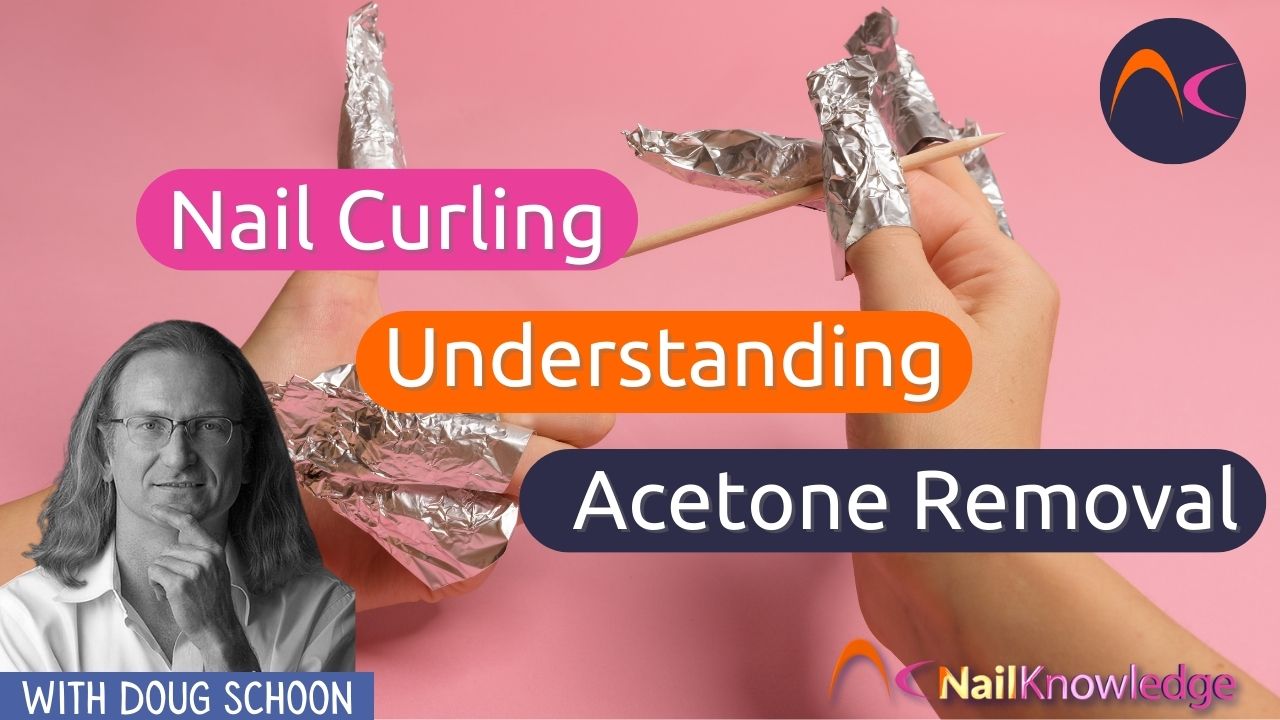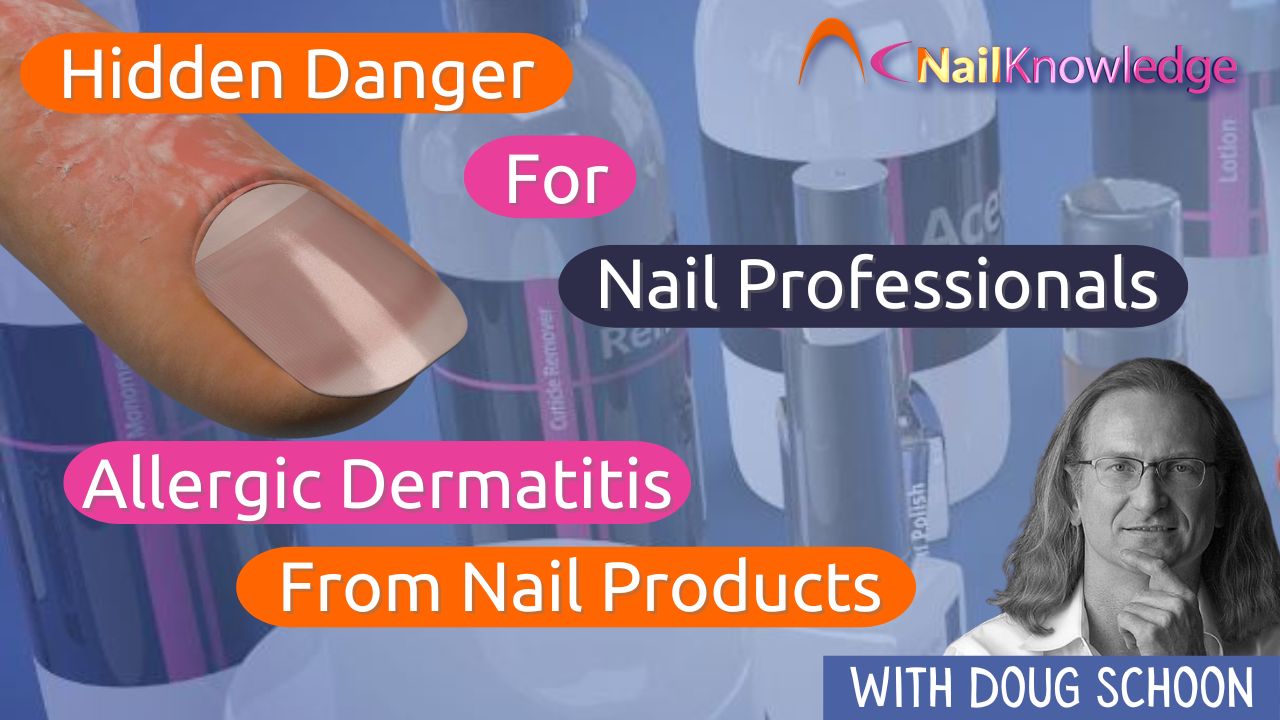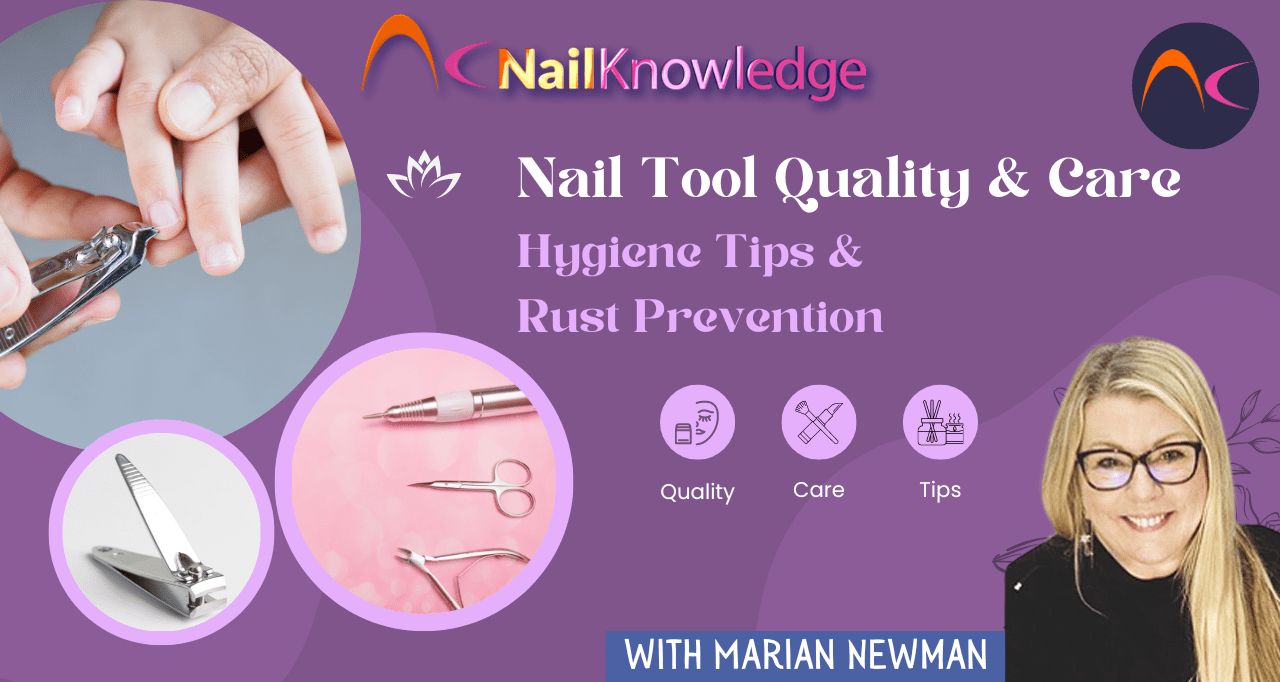As a nail technician, you strive to provide your clients with the best possible experience and results. However, encountering unexpected issues like nail curling after using acetone for removal can be frustrating for both you and your clients.
In this blog post, we’ll cover the reasons behind nail curling during acetone removal and explore effective strategies to prevent this from happening. Whether you’re a seasoned nail professional or just starting out, understanding the science behind nail reactions to acetone and implementing preventive measures can elevate your service quality and client satisfaction.
Entendendo a remoção de acetona e a ondulação das unhas
O impacto da espessura da placa ungueal e do teor de água
Eu diria que as placas das unhas que estão enrolando são mais finas do que as outras unhas. A acetona absorverá um pouco de água, o que reduzirá o teor de água da placa ungueal. A placa ungueal normalmente contém cerca de 15% de água. Mesmo quando você reduz o conteúdo de água em apenas alguns pontos percentuais, isso pode fazer uma grande diferença, especialmente em placas de unhas finas.
Desvendando a ciência: Estrutura da placa ungueal e dinâmica da umidade
Much of the water inside the nail plate is located between the layers of nail cells. The science is a bit unclear about how many layers make up a “typical” normal nail plate, but the latest research suggests that about 50 layers of nail cells is a good estimate.
Sempre que a água (também conhecida como umidade) deixa a placa ungueal, essas camadas se aproximam umas das outras. Isso pode alterar ligeiramente o formato de qualquer placa ungueal, em graus variados. As placas ungueais mais finas têm muito mais probabilidade de se curvar quando perdem um pouco de água.
Prevenção da ondulação das unhas: Estratégias eficazes para a saúde e a força da placa ungueal
The first thing I would try is to regularly perform hot oil manicures, once or twice per month and daily use of a high quality, penetrating nail oil. Doing so will increase the oil content of the nail plate, making it more difficult for water to leave the nail plate’s layers, and therefore slow down or prevent thinner nails from curling.
Also, avoid filing the nails even thinner than they already are. This is one of the biggest mistakes nail technicians make, over filing the top surface of the nail plate. This out-of-date technique is still taught by many nail schools and training courses. Respect the nail plate. The less this upper surface is filed, the better. It’s better to keep the nail plates thick and strong!







